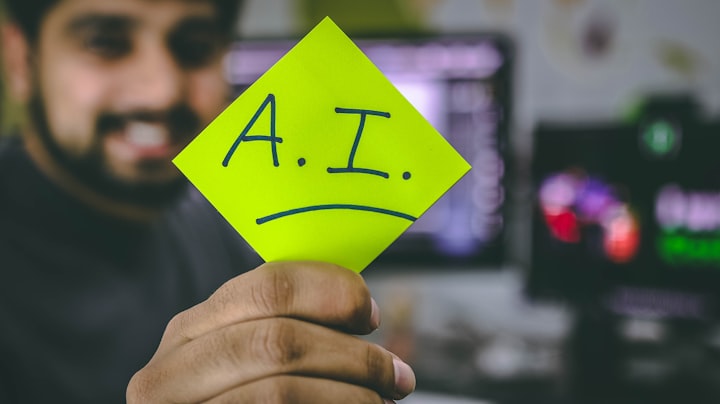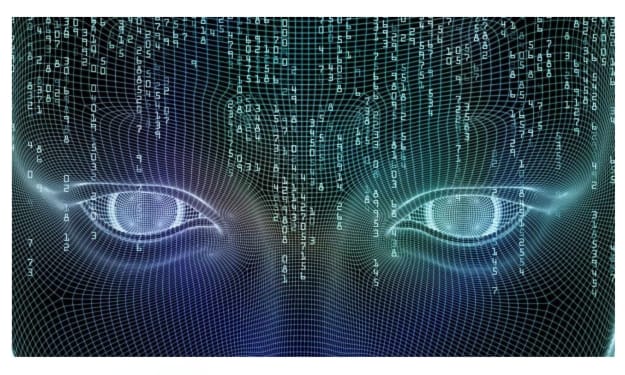
Artificial intelligence (AI) is a rapidly advancing field that has captured the fascination of many. From self-driving cars and AI chatbots to neural networks and machine learning, the applications of AI are vast and ever-growing. In this blog, we will delve into the world of AI, understanding its concepts, types, recent advancements, and how it impacts our lives. So, let's embark on this exciting journey of discovering everything there is to know about artificial intelligence.
Understanding Artificial Intelligence: AI, as a concept, dates back to the 1950s when it was defined as a machine's ability to perform tasks that previously required human intelligence. Over the years, the definition has evolved as research and technology progressed. Intelligence, a key component of AI, encompasses the ability to adapt, problem-solve, plan, improvise, and learn. Today's AI systems demonstrate traits such as learning, problem-solving, perception, and even a limited spectrum of creativity and social intelligence.
The Different Types of AI: Artificial intelligence can be broadly categorized into three subcategories: narrow AI, general AI, and super AI. Narrow AI refers to intelligent systems designed or trained to carry out specific tasks or solve particular problems. It lacks general intelligence but excels in focused areas such as voice assistants and image recognition systems. General AI, on the other hand, aims to achieve human-level intelligence, with the ability to reason, think abstractly, learn, and solve new problems. Super AI is a hypothetical concept where machine intelligence surpasses human intelligence in all aspects.
Recent Examples of AI: AI has witnessed significant advancements in recent years. Some noteworthy examples include:
1. ChatGPT and GPTs: ChatGPT, an AI chatbot, gained popularity for its natural language generation and translation abilities. OpenAI's GPTs (Generative Pre-trained Transformers) like GPT-3 and GPT-4 have set new benchmarks for language models.
2. Self-driving cars: Autonomous vehicles, such as Tesla's autopilot feature and Waymo's autonomous rides, utilize AI algorithms to perceive surroundings and make informed decisions.
3. Robotics: Boston Dynamics' robots exemplify the integration of AI and robotics, showcasing advanced navigation and response capabilities.
4. DeepMind: DeepMind, a subsidiary of Google, has made strides in AI research, achieving significant milestones like beating a human professional Go player and developing programs for protein-folding prediction and medical diagnoses.
Machine Learning and its Elements: Machine learning is a subset of AI that enables computers to learn from data and improve performance without being explicitly programmed. It can be categorized into supervised learning (using labeled examples), unsupervised learning (identifying patterns in data), and reinforcement learning (maximizing rewards based on input data).
Large Language Models and Deep Learning: Large language models (LLMs) and deep learning play crucial roles in AI. LLMs, such as GPT-3.5 and GPT-4, are trained on vast amounts of text to generate human-like responses. Deep learning involves training artificial neural networks with multiple layers to perform tasks like natural language processing, speech recognition, and image recognition.
Neural Networks and Conversational AI: Neural networks, inspired by the connections between neurons in the human brain, are the backbone of machine learning. They learn by adjusting internal parameters and weights to produce desired outputs. Conversational AI encompasses systems programmed to have natural language conversations, exemplified by chatbots and voice assistants.
AI Services Available: AI services have become increasingly accessible to consumers and businesses. Voice assistants like Amazon Alexa, chatbots, language translation tools, productivity applications, image and video recognition software, and AI-powered software development tools are just a few examples of AI services available.
About the Creator
Taj Padda
Hello, I'm Taj, an avid writer and knowledge enthusiast.






Comments
There are no comments for this story
Be the first to respond and start the conversation.